You’d think that 100 racing cars – one for every 60 metres of track – would just make for one enormous traffic jam.
But if those cars are all slow, and the circuit and race are long – like, say, Citroën C1s at Silverstone for 24 hours – it turns out it’s the most fantastic thing in the world.
This should be no surprise, because the C1 Racing Club has really hit on something. It first raced only two years ago yet easily got 99 cars to the Silverstone grid (one of the 100 entries not making it on the day) and its other endurance races are routinely oversubscribed. More than 250 cars have been built here, and there are similar series in Portugal and Belgium. Norway wants one, too.
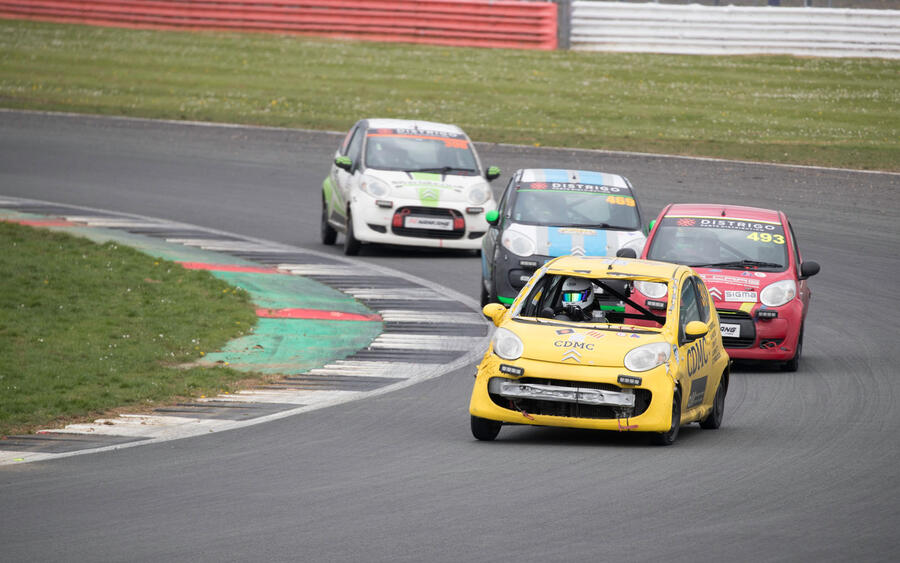
The Silverstone grid, which required special permission from Motorsport UK, was by far the biggest race ever held in Britain.
What makes C1 racing special is that it is relatively cheap and the cars are near-identical. They’re all three-door C1s from 2005-2014, with 1.0-litre 68bhp engines.

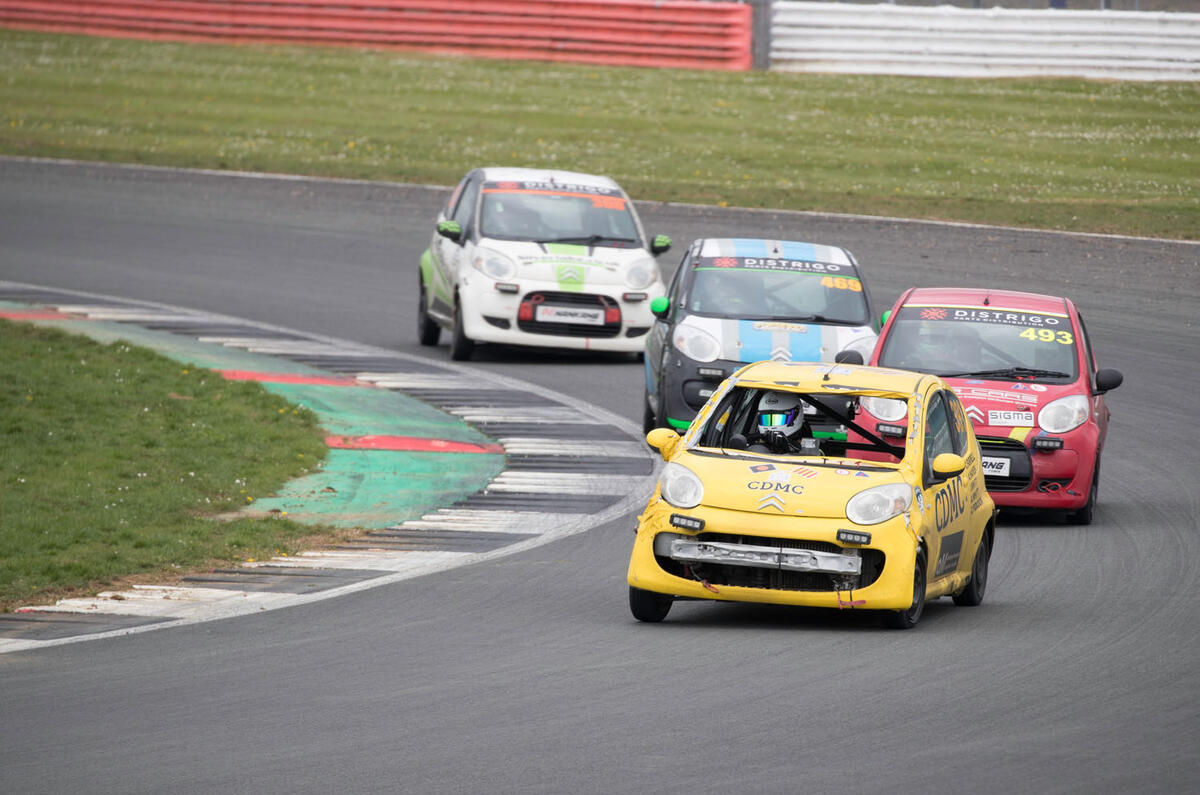
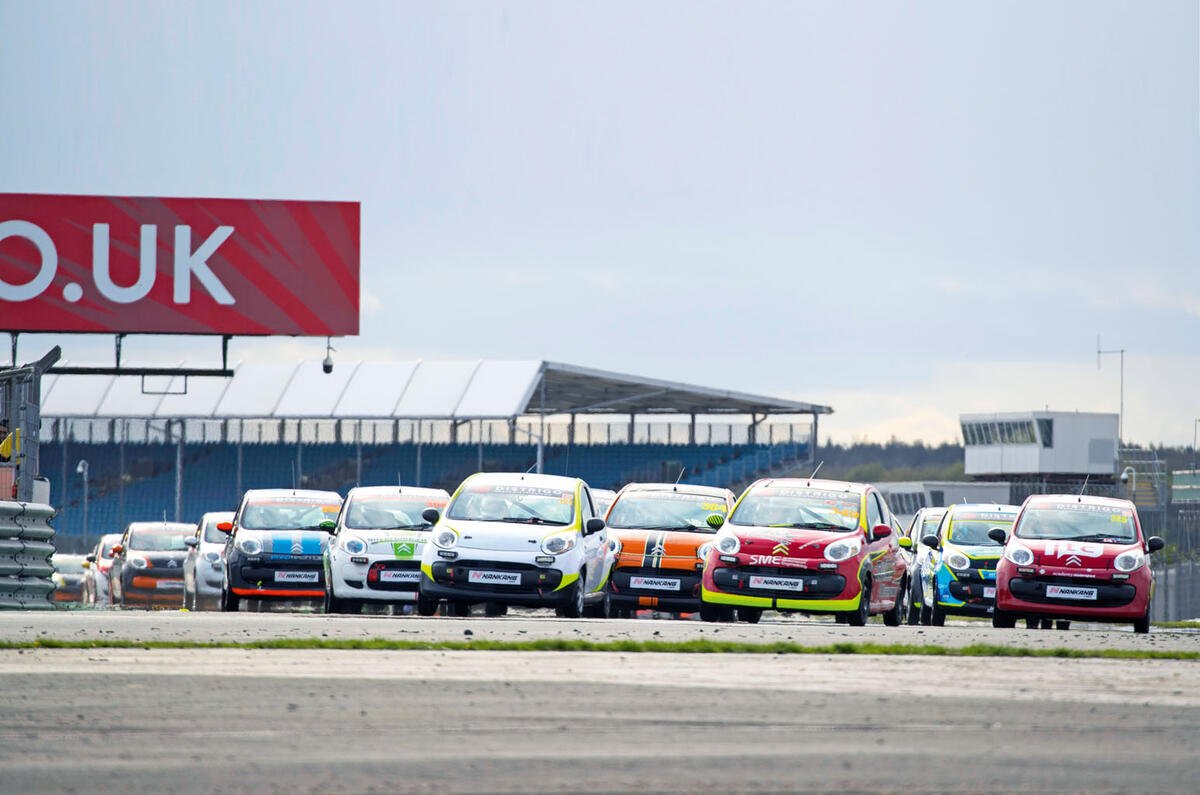
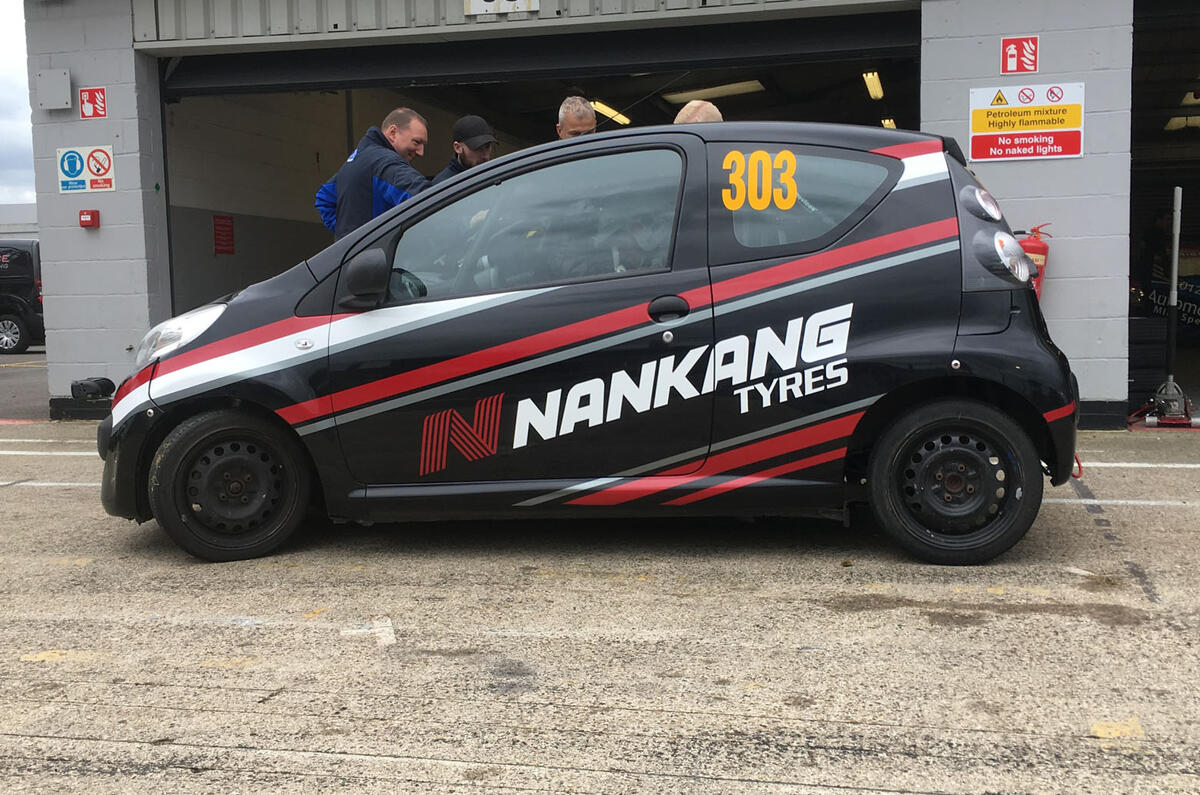
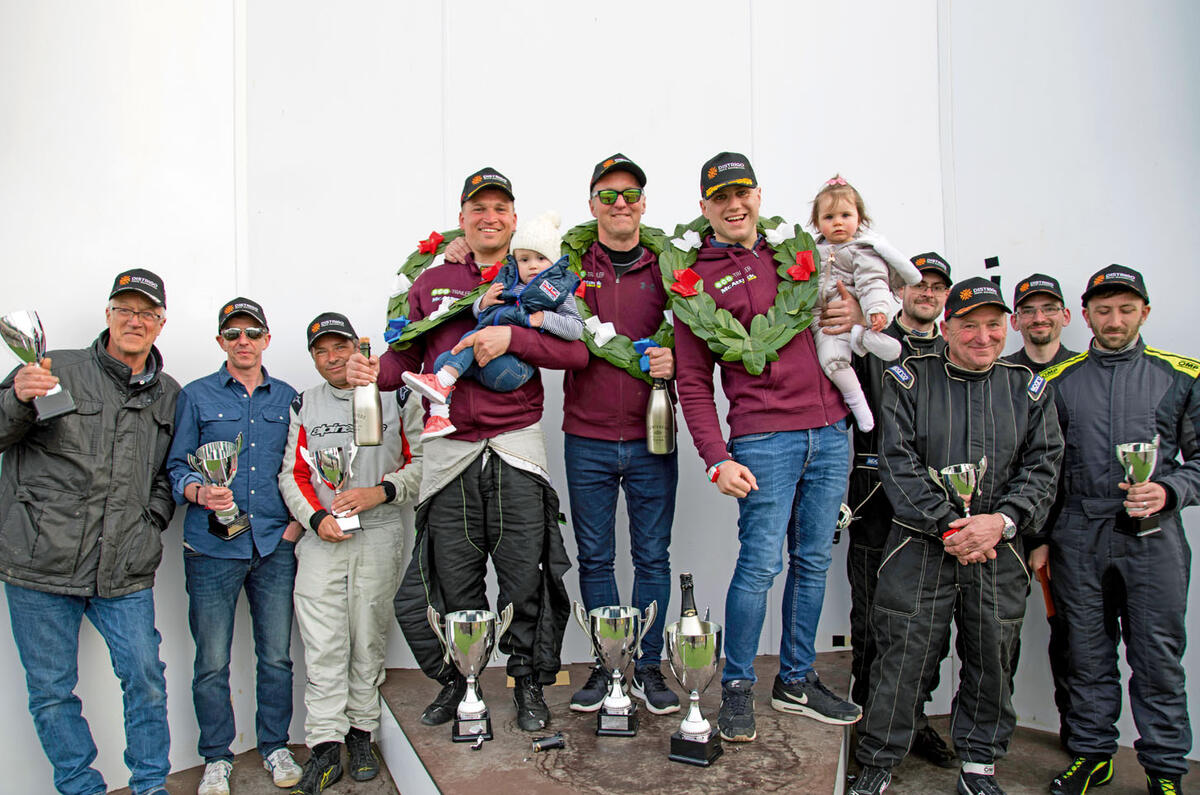
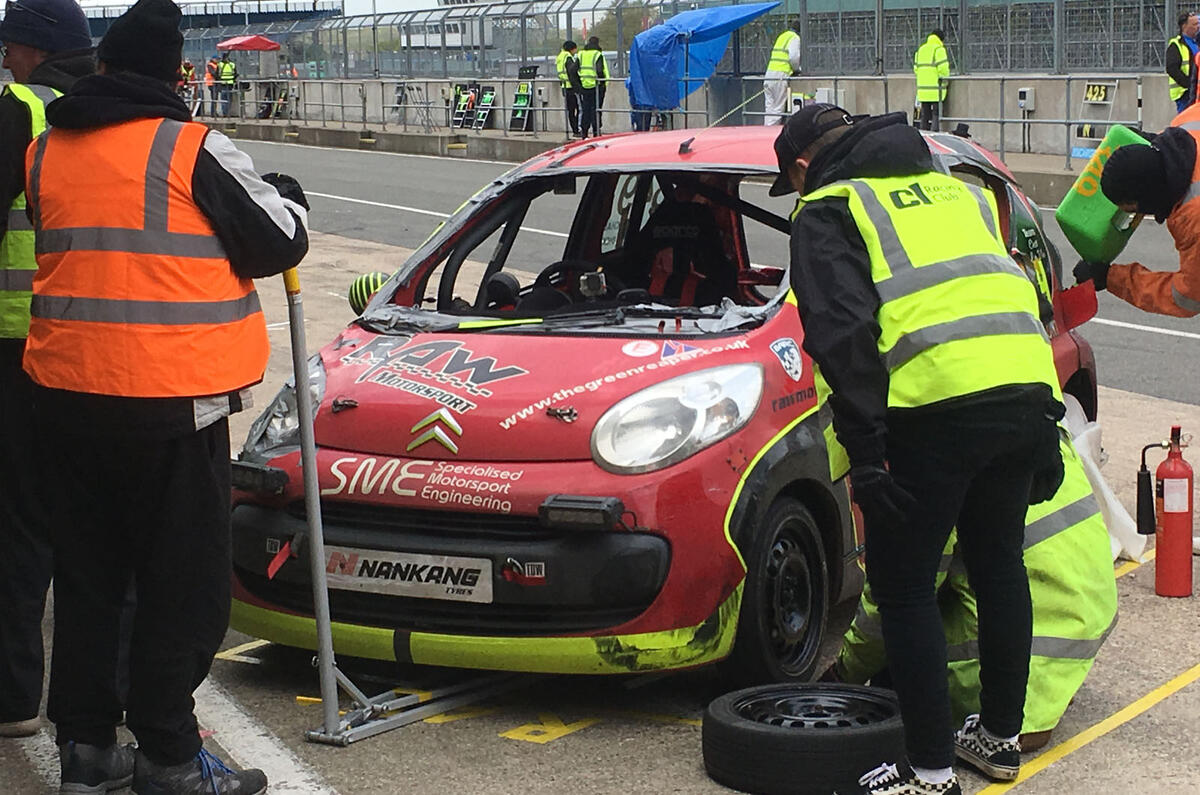
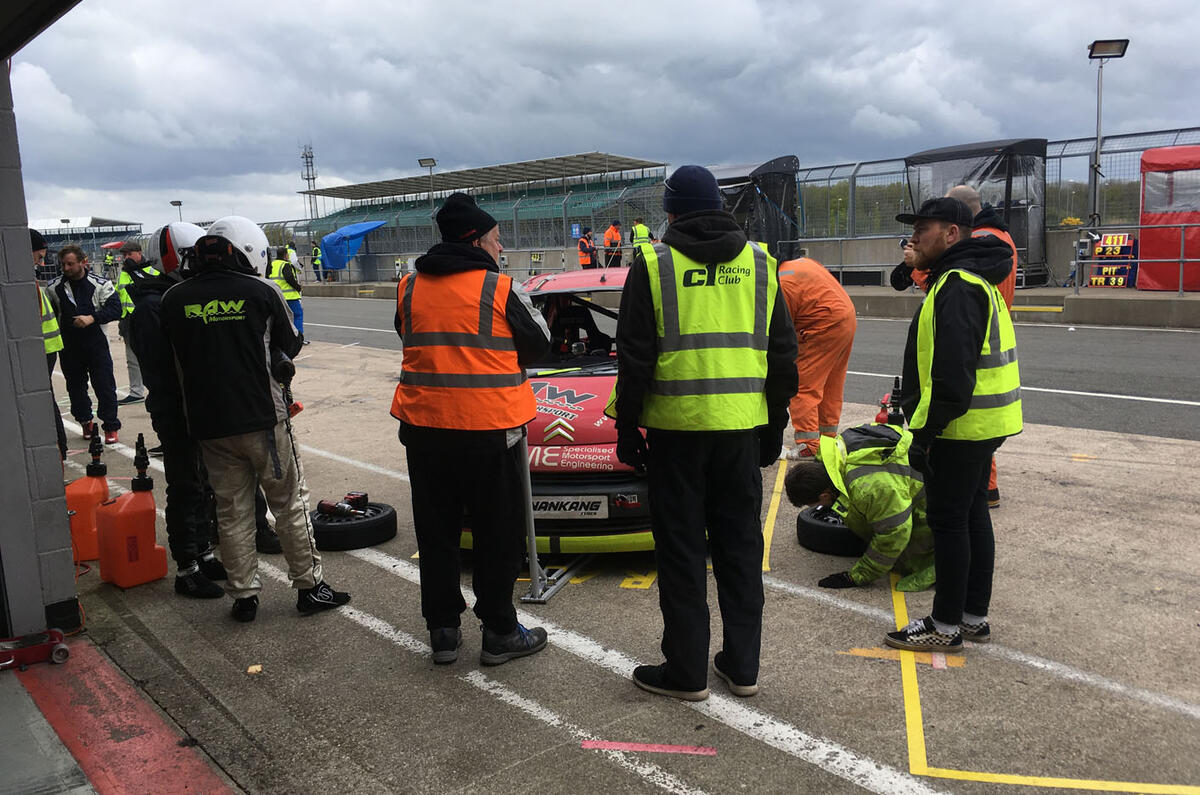

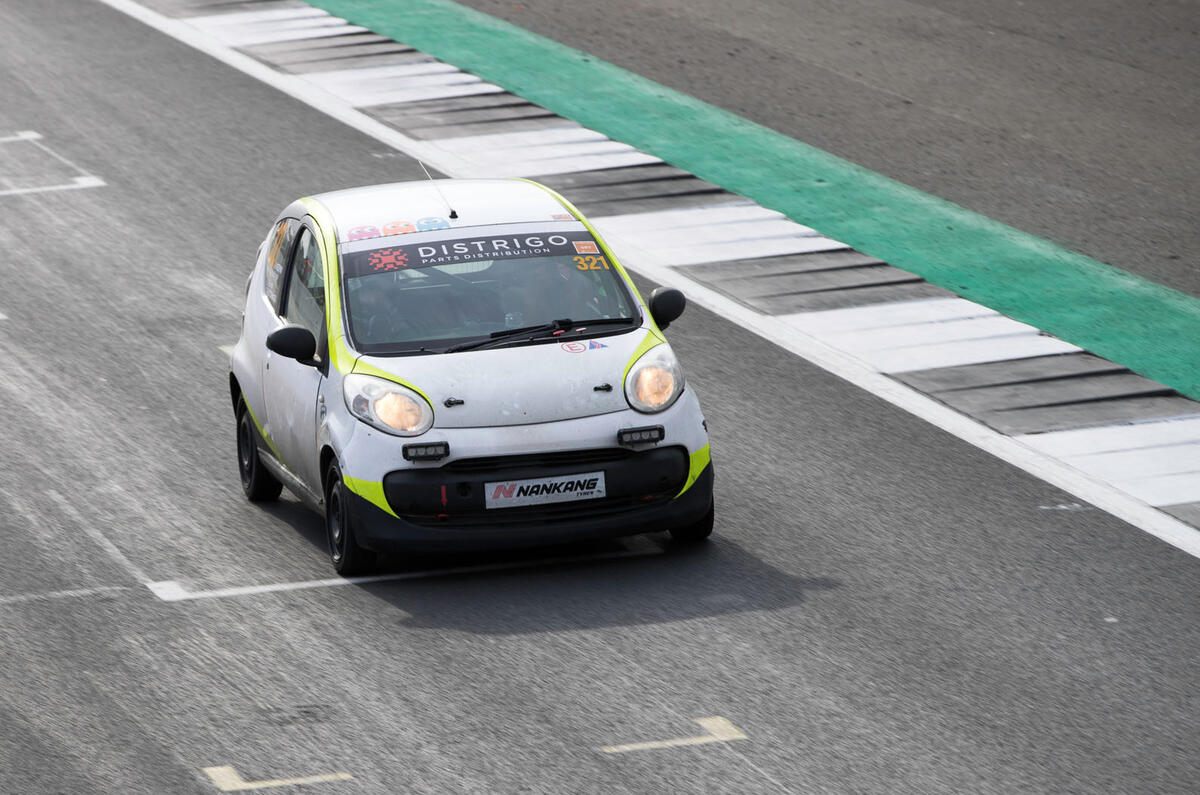

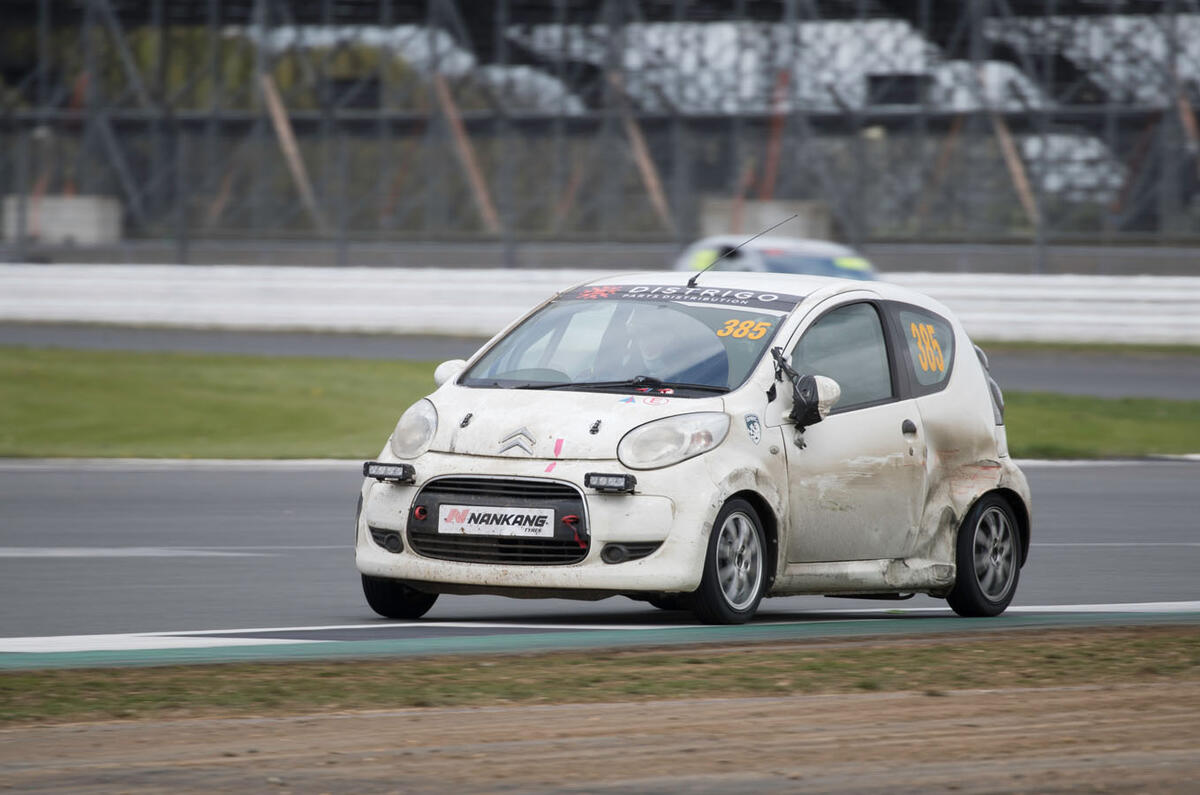
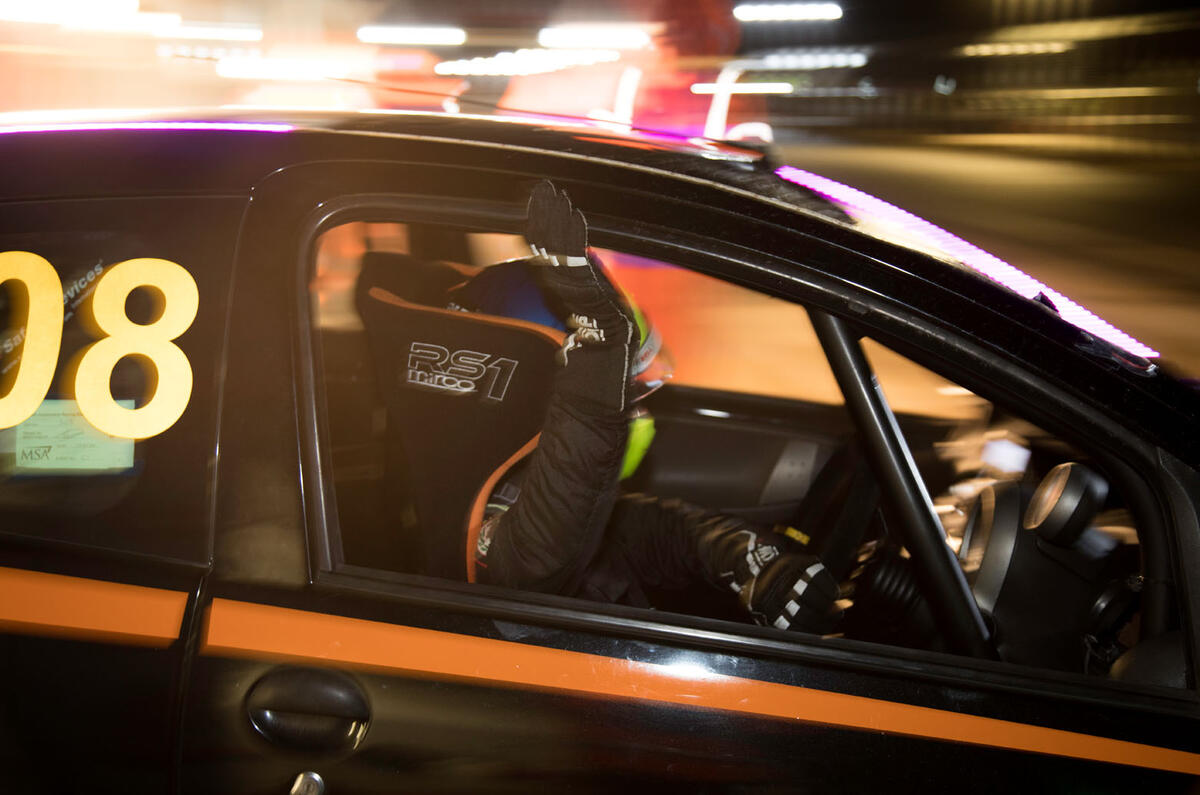
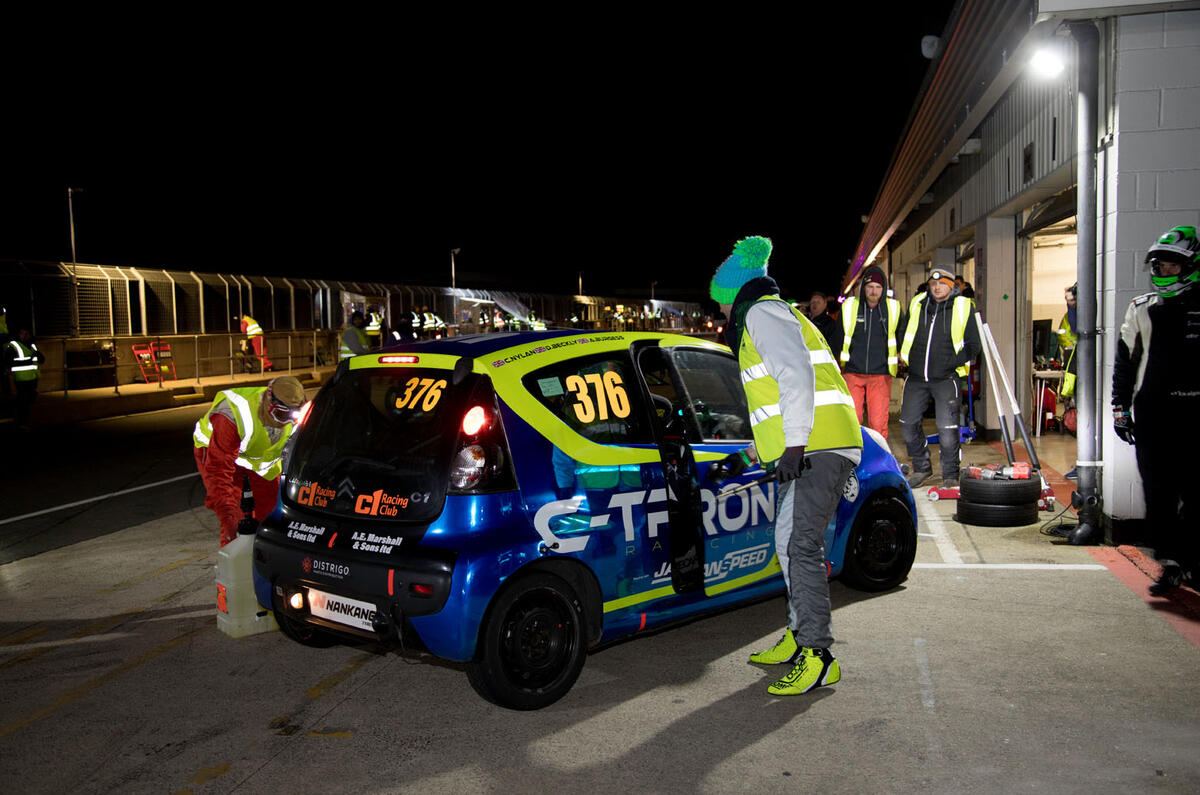
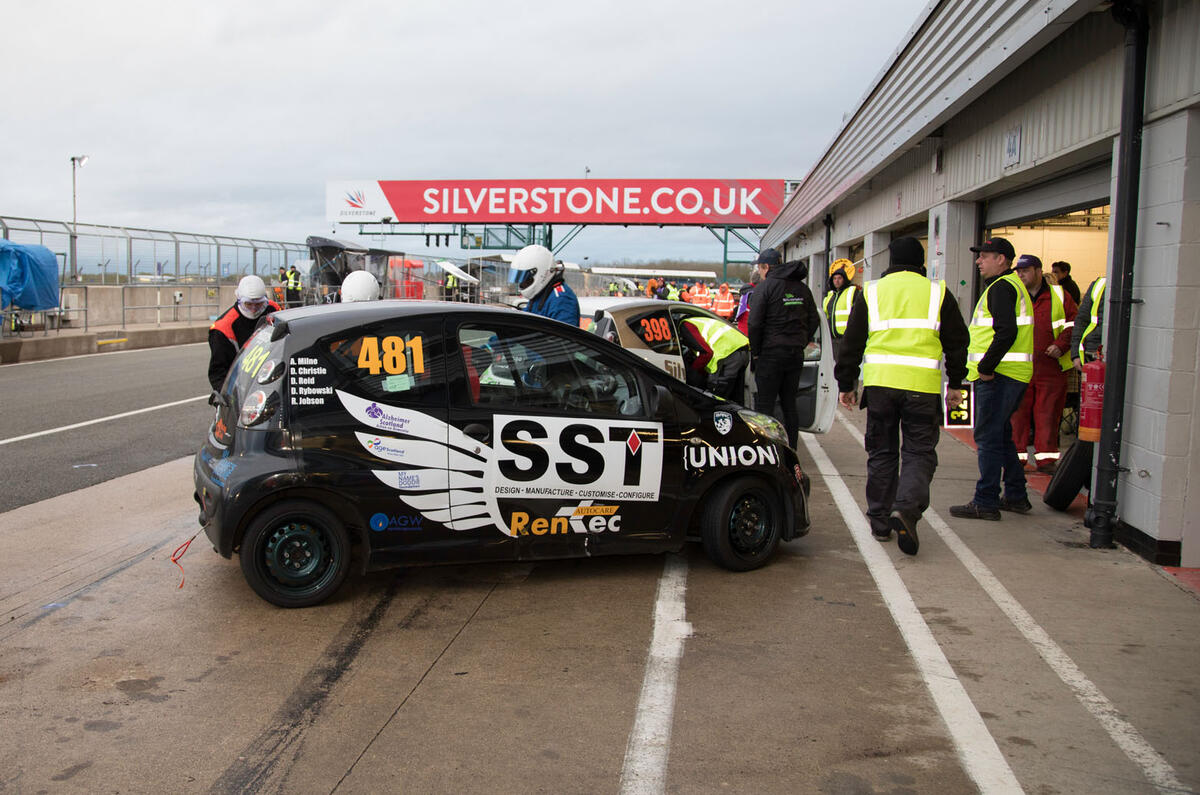
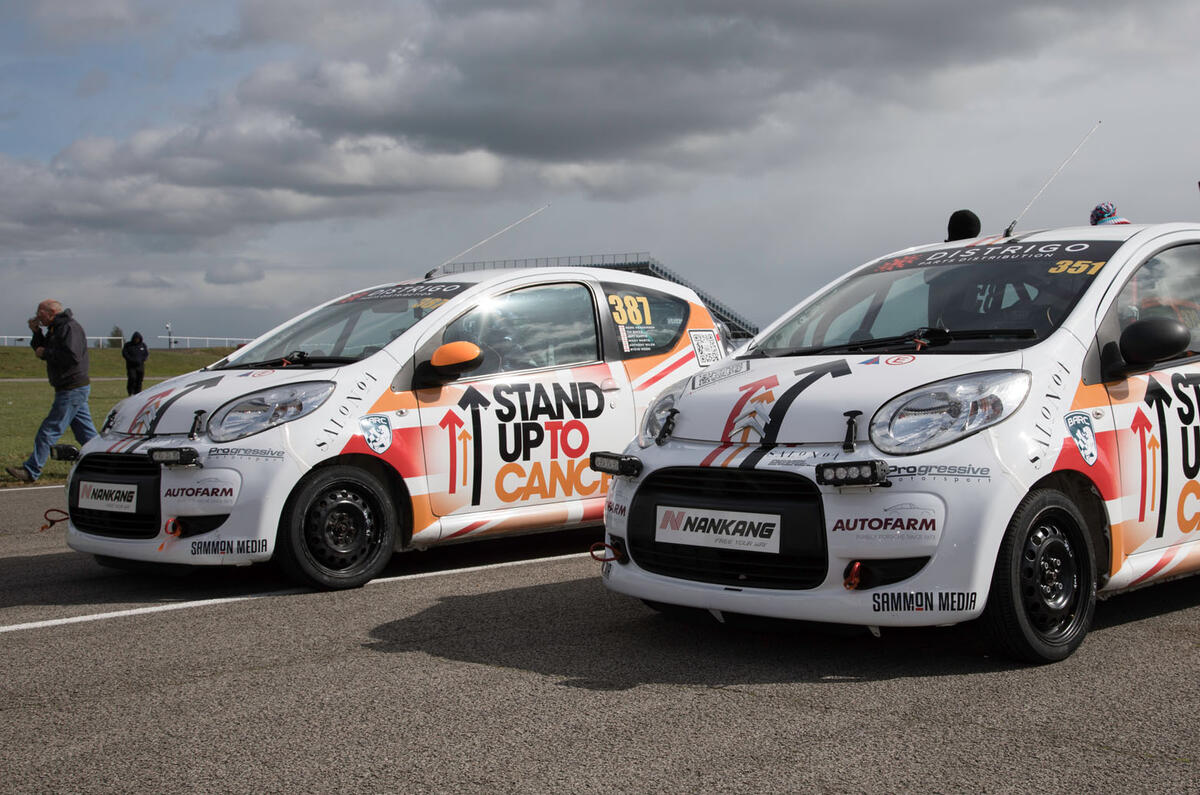
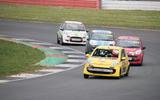
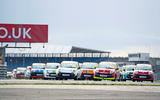
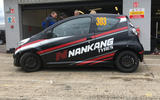

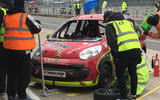
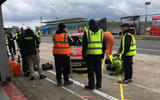

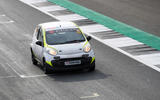
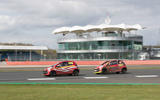
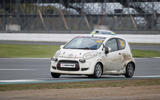
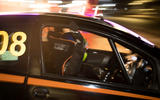
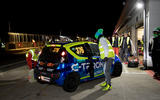
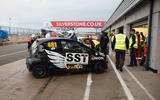
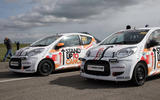


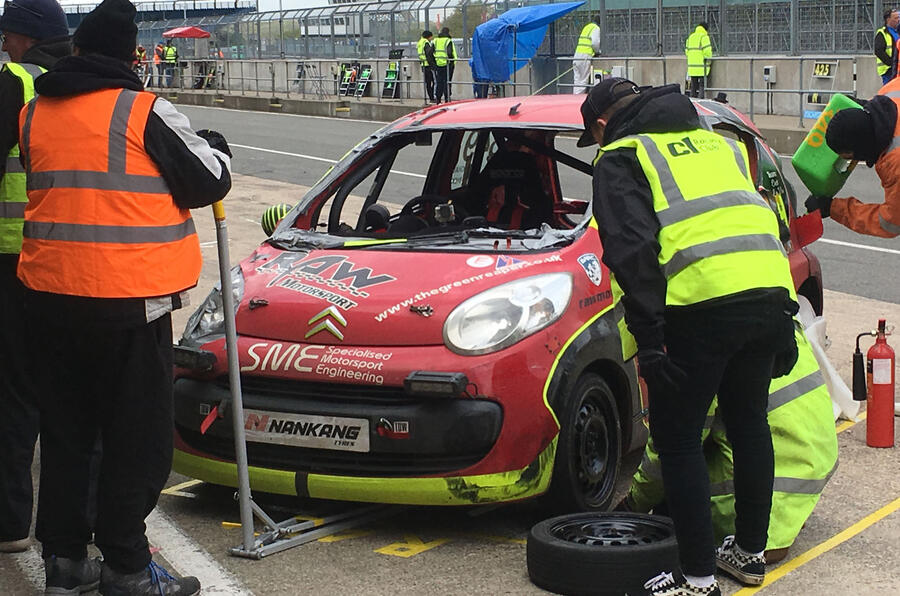
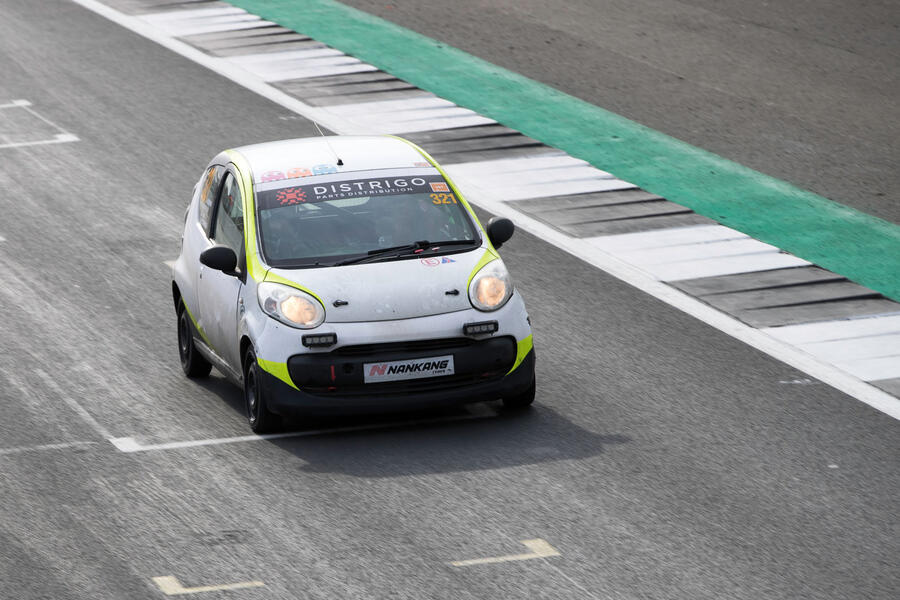
Add your comment